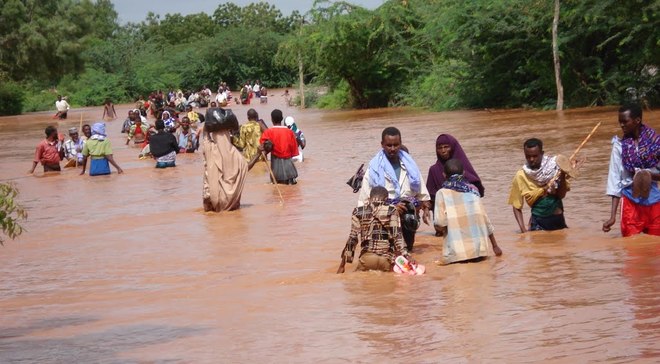About Us
Contact Us
Advertise With Us
Disclaimer
Privacy Policy
Terms & Conditions
Copyright © 2024 - BoldDiscussions.com

Heavy rains in Kenya have caused devastating floods, claiming lives and wreaking havoc. While floods are a natural occurrence, the recent tragedies highlight decades of poor planning and mismanagement. Let's delve deeper into why floods are causing more damage and what needs to change.
Why are Floods Getting Worse?
Floods are part of the natural cycle, bringing essential water to replenish soil and recharge groundwater. However, several factors are making them more severe:
Finding Solutions: From the Countryside to the City
Addressing these issues requires a multi-pronged approach:
Rural Areas:
Urban Areas:
Moving Forward: A Sustainable Future
Kenya's recent floods are a stark reminder that ignoring proper land management and urban planning has severe consequences. By implementing these solutions, Kenya can build a more resilient future where floods are managed effectively, not just endured. Remember, it's not about stopping the rain, but about being prepared when it falls.
Disclaimer.
This article provides information only and should not be construed as advice. It is provided without warranty of any kind. Also please note that content on this platform may be subject to copyrighted material. If you believe we have used your content in any way then please get in touch with us. We will take down your content immediately.
Share This Post





BOLDDISCUSSIONS
We Produce Content That informs, Educates And Entertains People Around The World to stay updated on every topic with confidence.
Copyright © 2024 – BoldDiscussions.com

